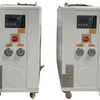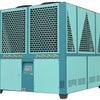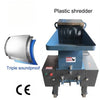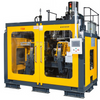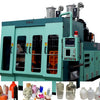Advances in Blow Molding Technology: Principles, Applications, and Future Trends Abstract
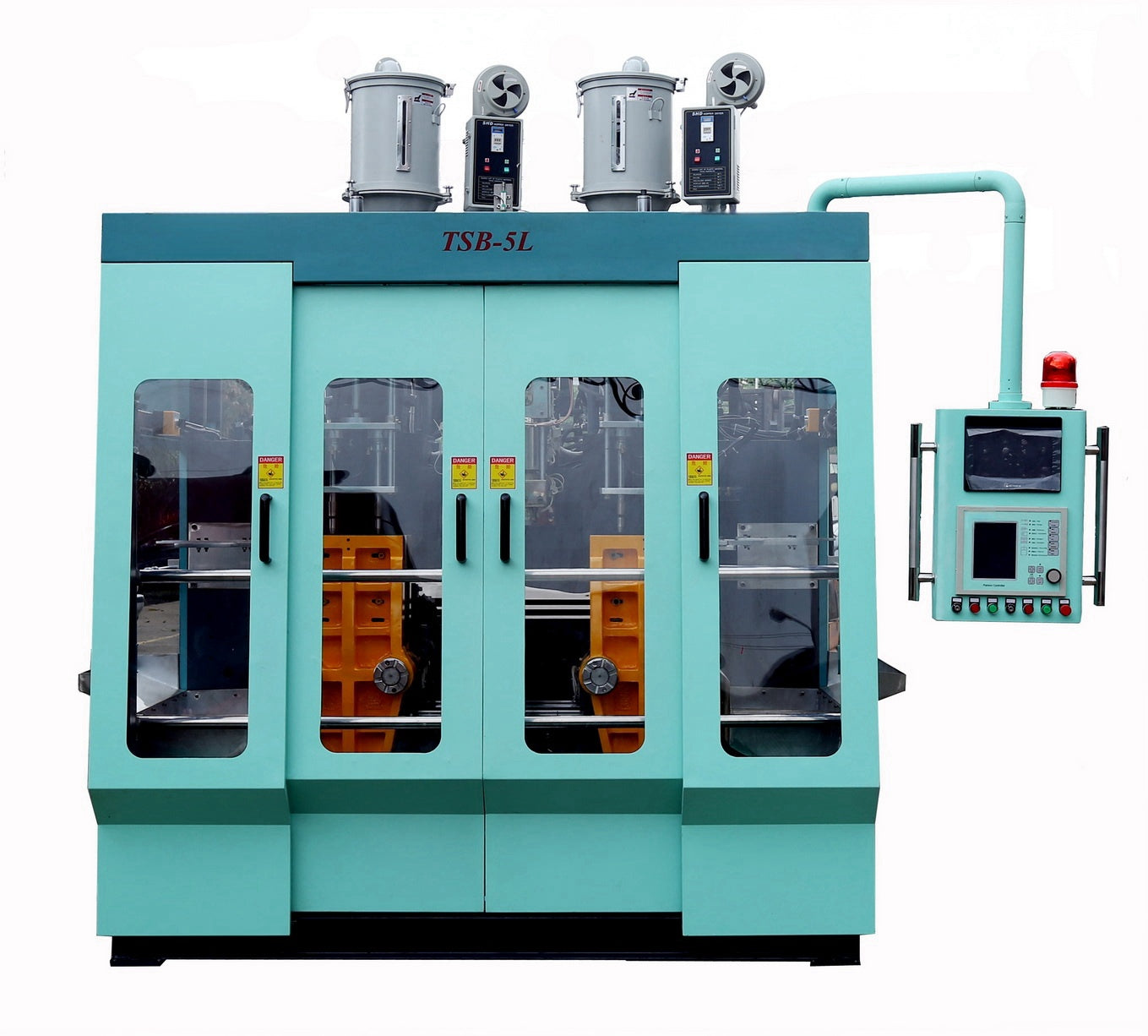
1. Introduction
Blow molding is a manufacturing process used to create hollow plastic parts by inflating heated plastic material into a mold cavity. Since its inception in the 1940s, the technology has evolved significantly, with applications spanning beverage bottles, medical containers, and automotive components. The global blow molding machine market is projected to reach $40 billion by 2029, driven by demand for lightweight packaging and eco-friendly production methods (CAGR 8.2%, 2024–2029). This paper examines the technical foundations, current innovations, and future directions of blow molding technology.
2. Working Principles of Blow Molding Machines
The blow molding process consists of three key stages:
- Parison Formation: Thermoplastic pellets (e.g., HDPE, PET) are melted and extruded into a parison (hollow tube).
- Mold Clamping and Inflation: The parison is clamped into a mold, and compressed air (0.6–0.8 MPa) inflates it to match the mold shape.
- Cooling and Ejection: The molded part is cooled via water or air systems before ejection.
Advanced systems, such as servo-driven electric blow molding machines (e.g., BE15D-620), integrate real-time wall-thickness control and energy-saving algorithms, achieving cycle times as low as 30 seconds per part.
3. Classification and Technical Features
3.1 Types of Blow Molding Machines
- Extrusion Blow Molding (EBM): Dominates packaging (e.g., 1.5L milk bottles) with high throughput (up to 960 units/hour).
- Injection Blow Molding (IBM): Preferred for precision parts like pharmaceutical containers.
- Stretch Blow Molding: Used for PET bottles, combining biaxial orientation for enhanced strength.
- Multi-Layer Blow Molding: Produces barrier-resistant containers (e.g., fuel tanks) using co-extrusion techniques.
3.2 Key Technical Innovations
- Full-Electric Drive Systems: Replace hydraulic systems, reducing energy consumption by 40% (e.g., StarBelle’s BE15D-620).
- AI-Powered Process Control: Closed-loop systems (e.g., AgrPETWallplus) adjust heating parameters dynamically for consistent wall thickness.
- 3D Mold Design: Enables complex geometries via additive manufacturing, shortening R&D cycles.
4. Applications Across Industries
4.1 Food & Beverage Packaging
- Single-Use Bottles: Dominates 70% of the beverage market, with demand for recyclable materials like rPET.
- Aseptic Containers: Pharma-grade machines (e.g., HT-120) ensure sterile packaging for dairy and juices.
4.2 Automotive Sector
- Fuel Tanks: Multi-layer blow molding achieves leak-proof designs with 30% weight reduction.
- Interior Components: Lightweight ducts and airbags housings produced via precision IBM.
4.3 Healthcare and Cosmetics
- Medical Vials: Zero-defect production via automated inspection systems.
- Customized Packaging: 3D-printed molds enable personalized bottle shapes for cosmetics.
5. Technological Challenges and Solutions
5.1 Energy Efficiency
- Problem: Traditional hydraulic systems consume 60% of total energy.
- Solution: Full-electric machines reduce power usage to 1.5 kWh/kg of output (vs. 3.5 kWh/kg in hydraulic systems).
5.2 Material Innovation
- Biodegradable Polymers: PLA and PHA adoption lags due to processing challenges; new screw designs address thermal degradation.
- Recycling Integration: Wind-powered traction systems (e.g., Huang et al., 2025) enable in-line reprocessing of post-consumer waste.
5.3 Precision Control
- Challenge: Wall-thickness variations in complex geometries.
- Solution: AI-driven sensors (e.g., K300 capacitive thickness sensors) adjust inflation pressure in real time.
6. Future Trends
6.1 Sustainability-Driven Design
- Carbon-Neutral Production: Solar-powered heating and closed-loop water cooling systems.
- Circular Economy: Development of mono-material bottles compatible with existing recycling infrastructure.
6.2 Smart Manufacturing
- IoT Integration: Predictive maintenance via vibration and temperature sensors.
- Digital Twins: Simulations optimize mold design and process parameters before physical trials.
6.3 Customization and Flexibility
- Modular Machine Architectures: Quick-change tooling for small-batch production (e.g., 750ml shampoo bottles to 200L drums).
- On-Demand Manufacturing: Cloud-connected systems enable decentralized production hubs.
7. Conclusion
Blow molding technology continues to evolve, driven by demands for sustainability, automation, and customization. Innovations in electric drives, AI control, and biodegradable materials position blow molding as a leader in next-generation manufacturing. Future research should focus on hybrid systems combining additive manufacturing with traditional blow molding and advancing recycling technologies for multi-layer containers.

